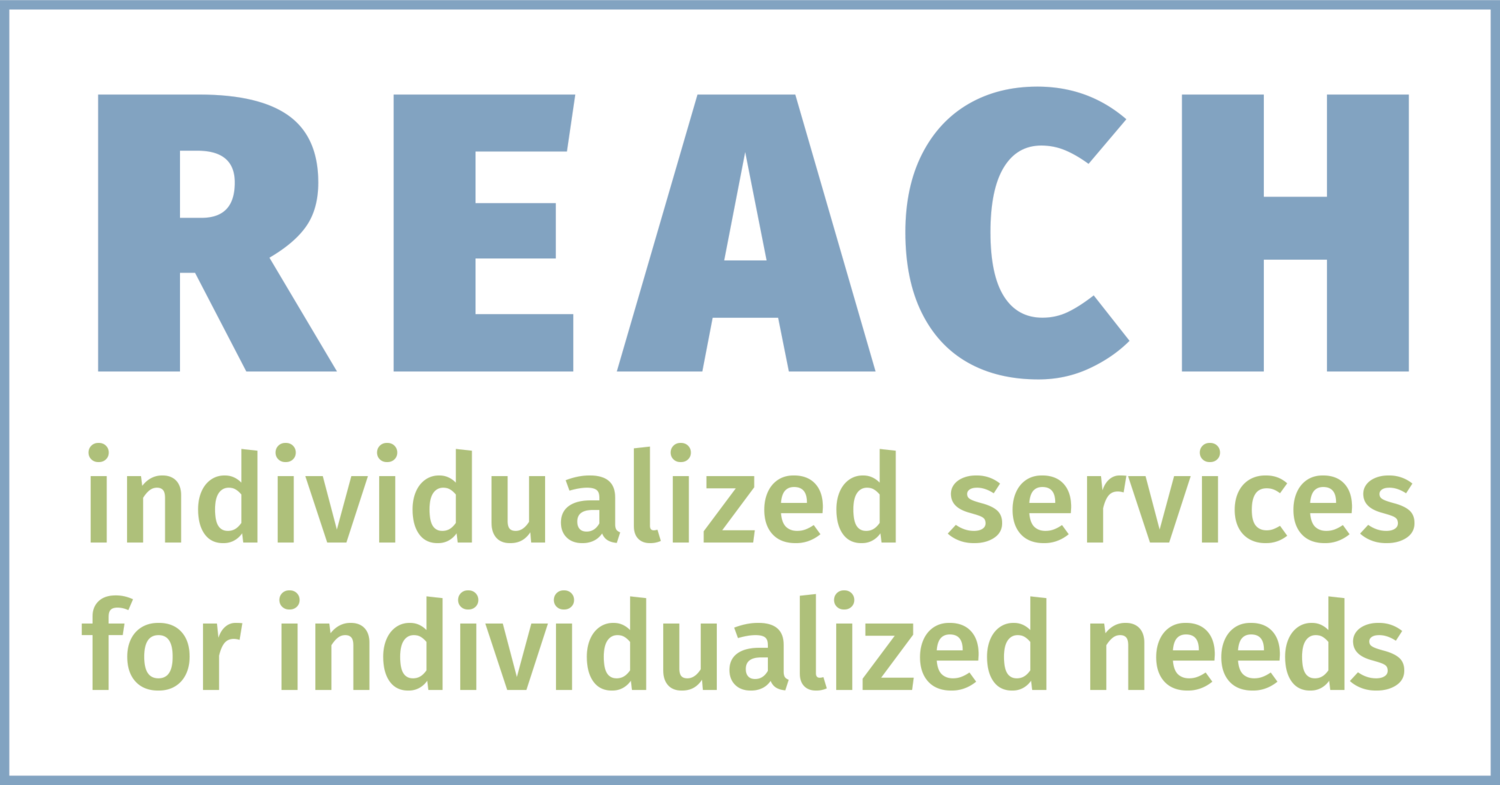Our Crash Course on the Big Transition from Elementary School to Middle School
Helping your child prepare for the big jump from elementary school to middle school can be a daunting task, especially if you look at it all from an academic perspective. While your child's support system at their school will certainly be doing their part to ease this transition, there are many things that you can do at home that will help your child cultivate a positive and rewarding academic experience as their adolescent brain grows and changes and they become a full-fledged middle school student.
Get Ready for the School Structure to Change
Everything your child knows and understands about school is about to change - especially, its structure. Instead of learning from one teacher, they will start learning from several different teachers for the first time and be expected to advocate for themselves and check in with teachers when they feel the need to. Not only that, but they’ll be hustling around the building from class-to-class, using lockers, changing for PE, and even gearing up for their first school dance!
One of the most useful tools that will help your child stay organized is keeping an agenda. Instructing your child on how to properly keep a structured agenda for each class will help them keep track of all their assignments, deadlines, exams, extracurriculars, and school events. An agenda helps middle schoolers and adults alike integrate structure into their ever changing and busy lives!
Studying Will Become a Way of Academic Life
In middle school, studying will become a necessity for achieving the best grades possible. However, everyone learns differently! Finding a method of studying that works for your child will likely take some time as well as a bit of trial-and-error. Make sure to discuss this with your child to ensure that they aren’t too tough on themselves should they not receive the best grades, at first.
In the meantime, here are some great study tips and tricks we encourage every new middle school student to try out:
Plan Ahead: Trust us, there’s nothing worse than cramming for an exam the night before! Encourage your child to utilize their agenda to create a study schedule for themselves several days in advance of every big exam or project. Allowing time between study sessions will help your child absorb information better.
Schedule Breaks: Just as it’s important to schedule time to study, it’s also equally as important to schedule breaks into one’s schedule.
Practice Makes Perfect: This age-old adage rings true for studying habits, too! Whether it’s flashcards or taking practice tests found online, practicing information consistently is imperative to mastering any subject material.
Try a Study Group: Teamwork makes the dream work. Especially when the subject material is particularly difficult to understand, it can be very helpful to work through it with others. Encourage your child to start a study group with a handful of their peers! Studies show that discussing subject material helps with memory retention as well as properly grasping the material at hand.
Use Visuals & Diagrams: Remind your child to pay attention to the diagrams and graphs they find in their school books or lessons – they may be the secret ingredient to their success! Visual aids can help your child understand and remember the material better, and can be particularly good tools to use with complex, intricate concepts (who could forget drawing the anatomy of cells in biology class?)
Your Child’s Brain is Also Changing
Developmentally, things are shifting A LOT during this time! When your child is in elementary school, their brain is busy creating the fundamental connections between the past and present. This is the time where they’re still getting to know the basics of the world. It’s the time in which, academically and socially, your child is focused on learning routine knowledge.
According to the American Psychological Association, middle school is the time where the following occurs:“As skills become more automatic, the child does not have to think as hard about what he or she is learning or doing, and brain resources are freed up to be used for complex tasks that require more and more attention and processing.”
And that’s just the beginning. Here are some of the (many!) other things that are going on with your child during this time:
Physical: puberty and growth spurts
Cognitive: processing information faster, better memory
Social: able to see themselves as unique yet have a strong desire to fit in. There is a marked increase in the importance of peer relationships.
Psychological: beginning to see themselves as individuals and an increasing desire for independence
Speaking with your child about these changes can help them better understand themselves during this tricky time. Remember to emphasize that everyone, and every brain, is different!
Communication is Key
Opening the lines of communication with your child – and keeping them open – is key to fostering a healthy relationship not only between you and your child, but between your child and others.
Middle schoolers are in the process of beginning to understand themselves and their place in the world. And while they don’t know who they are just yet, it’s the parents job to be supportive as they work on figuring it all out!
The greatest way to show your child that you respect their opinions, dreams, and fears is through active listening. Fighting the urge to insert your own advice and thoughts immediately will go a long way towards creating an honest, transparent, supportive environment for your child.
Middle School is a Learning Opportunity for All
Middle school isn’t easy, but with a little planning and preparation, you can help your children thrive throughout these important years. Going through this journey together can be challenging, but also has many rewards as you see your child develop into their own person and future self.


